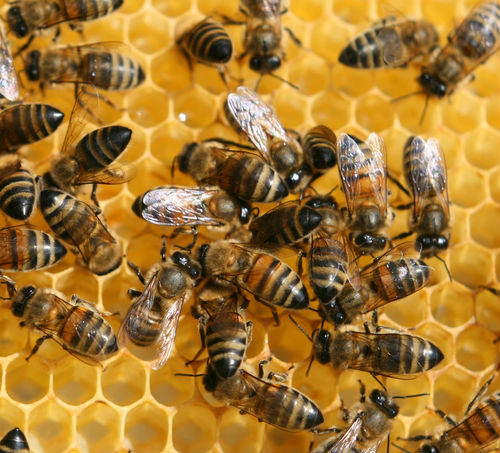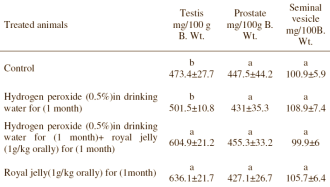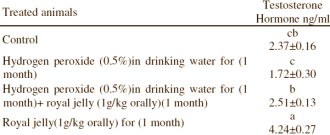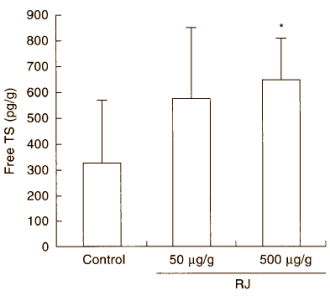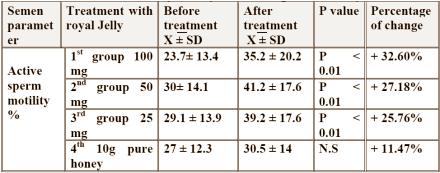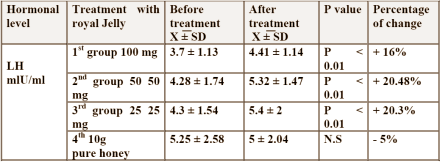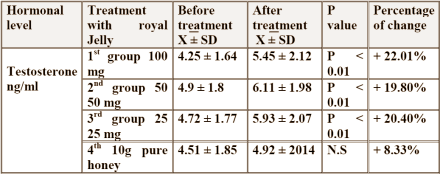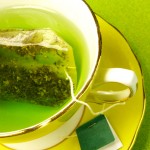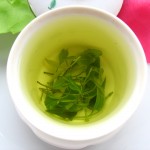Blog Entry #75
By Admin – Steroidal.com
Royal Jelly is milk substance secreted by worked bees that may enhance testosterone levels in animals and humans. It typically contains about 60% to 70% water, 12% to 15% proteins, 10% to 16% sugar, 3% to 6% fats, and 2% to 3% vitamins, salts, and amino acids. Royal Jelly is given to queen bees and enhance their longevity and its speculated this is why queen bee’s can live as long as seven years.
Royal Jelly is full of amino acids, nutrients and is used medically to treat: asthma, hay fever, liver disease, pancreatitis, sleep troubles (insomnia), premenstrual syndrome (PMS), stomach ulcers, kidney disease, bone fractures, menopausal symptoms, skin disorders, and high cholesterol. Some populations around the world have used Royal Jelly as an aphrodisiac, and have done this for centuries on the basis is enhances testosterone levels, this is what we’re going to look into more deeply today.
The first study is an animal one that was conducted in 2009 in Iraq at the University of Mosul [1]. The researchers in Iraq wanted to look at the protective effects of Royal Jelly on the testes when exposed to free radical damage, which in this case was exposure to hydrogen peroxide. Male rats were split into two groups and given ordinary water, or water containing hydrogen peroxide. One half of each group of rats got ordinary feed, the other half was given feed to which one gram of Royal Jelly had been added to every kilogram.
In the figure below it shows that Royal Jelly had a protective effect on the testes when they were exposed to the free radical damaging hydrogen peroxide. Testosterone production was also increased.
The rats testosterone level had increased by 70% whilst their testes had also weighed 35% more, indicating an anabolic-androgenic effect.
The second study we’re going to discuss was done in 2004 in Japan and looked at the effects of Royal Jelly on hamsters again showing a positive increase in testosterone [2].
Golden hamsters were given Royal Jelly orally for 12 weeks mixed into their feed. One kilogram of feed for one group contained 50mg Royal Jelly; another group was given 10 times this quantity. A control group got feed with no additives. The table below shows the two hamster groups where 2.3mg and 24.2mg of Royal Jelly was given. As you can see, it also shows an increase in bodyweight.
The figure above shows the hamsters given the highest Royal Jelly amount, had a testosterone level that had more than doubled compared to those in the control group. The group given 2.4mg also had an increase of around 80%.
The Japanese researchers didn’t only find that the Royal Jelly increased the hamster’s testosterone output, but also protected it from age decline from free radical testes damage. This is almost identical to the conclusion of the Iraq researchers.
“The finding that the long-term daily intake of Royal Jelly inhibited the generation of LPO suggests that Royal Jelly could protect organs from free radical-induced cellular damage”, the Japanese researchers conclude.
The final study we’re going to look at is a more applicable human study done in Iraq in 2007, and published in the digital scientific journal of Thi-Qar College of Medicine in Iraq [3].
Eighty-three infertile men who wanted to have children were divided into four groups but all took 10g of honey before going to sleep at night. The first groups honey contained 100mg of Royal Jelly, the second groups honey contained 50mg of Royal Jelly, third group 25mg and fourth group contained no active Royal Jelly. The study lasted 12 weeks.
The men’s sperm count did not increase, but the activity of their sperm did increase, this is shown in the first table. In the second table it shows an increase in luteinizing hormone (LH) by around 10%.
The above table shows a 20% increase in testosterone production from Royal Jelly, this would correlate with an increase in LH levels experienced.
Royal Jelly is found in a number of over the counter supplements and could be added to a post cycle therapy (PCT) protocol to boost testosterone levels. There is no evidence that Royal Jelly will boost a healthy testosterone level, so its probably best reserved for time of low testosterone or when wanting to treat infertility.
Source:
[1]. Iraqi Journal of Veterinary Sciences, Vol. 23, Supplement II, 2009 (155-160).
[2]. Food Sci. Technol. Res., 10 (4), 420-423, 2004
[3]. Thi-Qar Medical Journal 2007 1(1);1-12.




